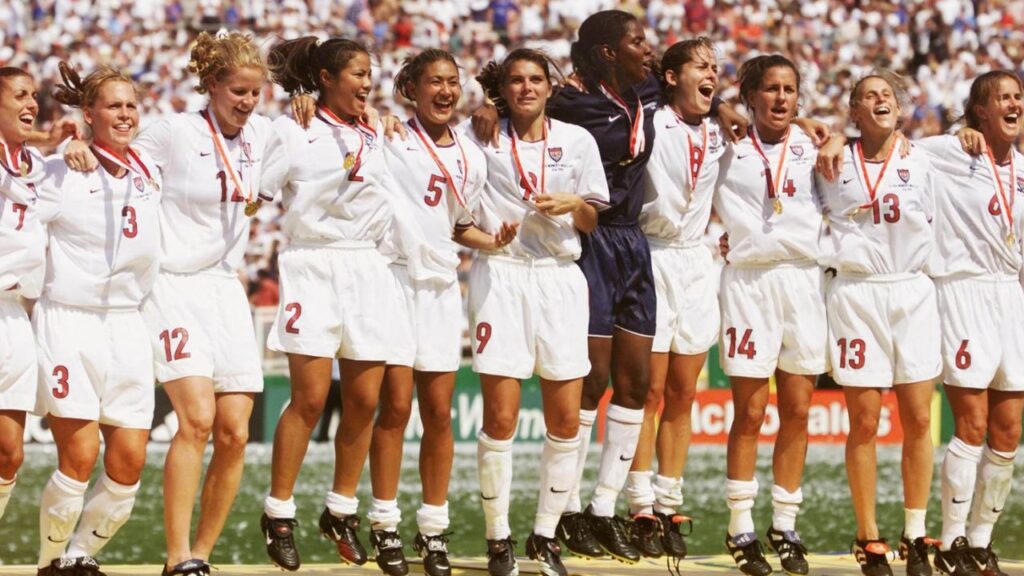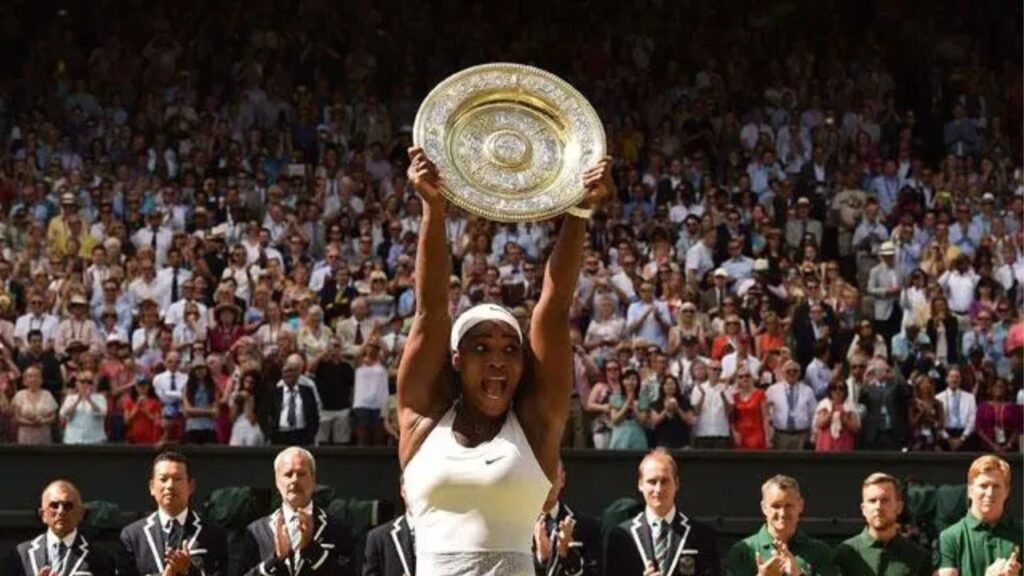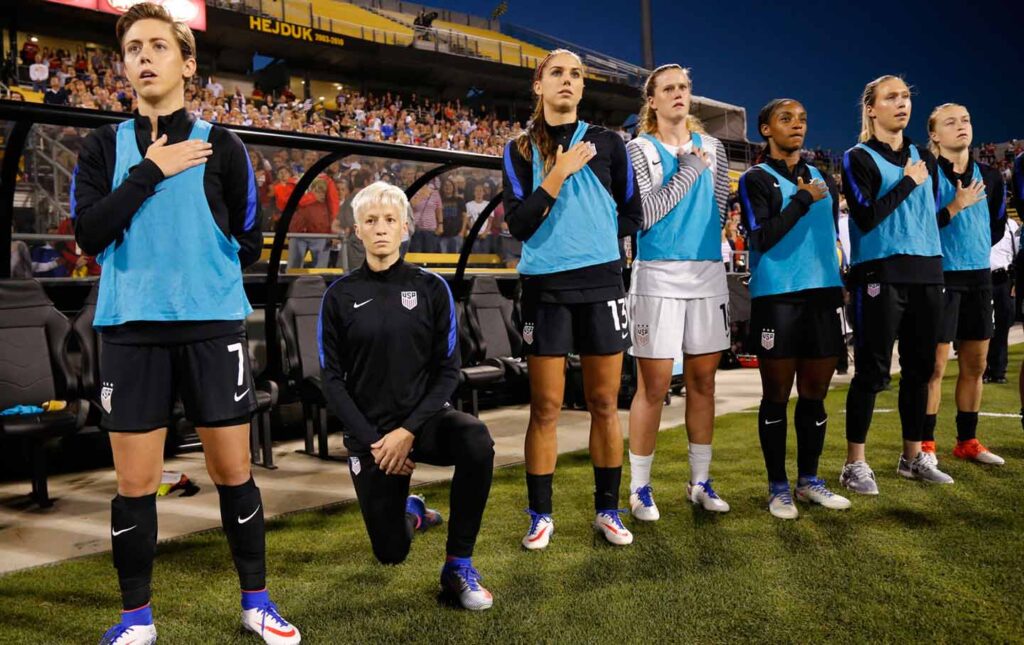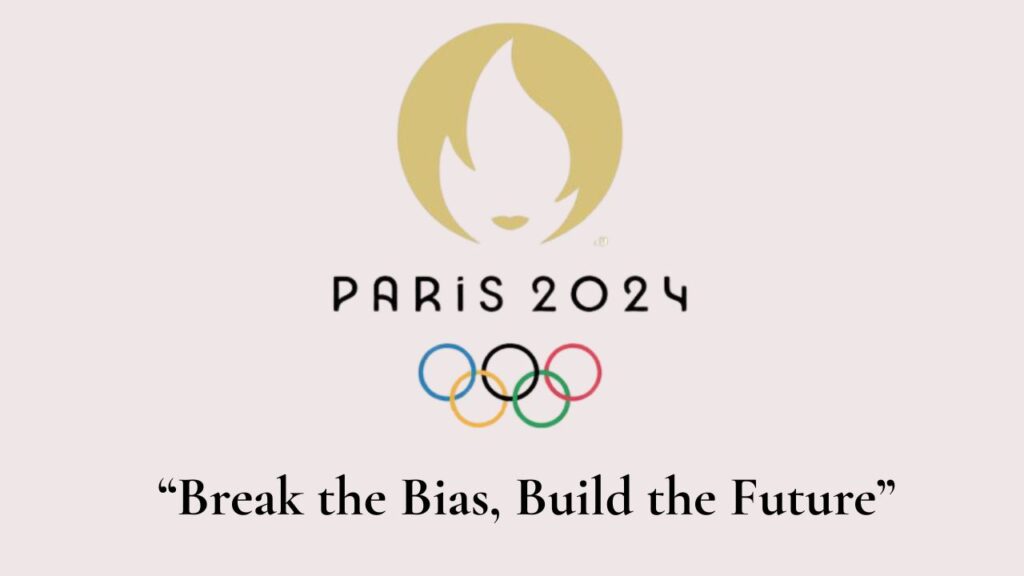The world of women’s sports is undergoing a seismic shift. From record-breaking viewership to historic investments, female athletes are no longer confined to the sidelines but are instead redefining what it means to excel in competitive sports. This transformation is not just about athletic prowess—it’s a cultural revolution challenging systemic inequalities, reshaping media narratives, and inspiring generations of girls to dream bigger. Drawing on the latest data, athlete advocacy, and policy advancements, this article explores how women’s sports are dismantling barriers, the challenges that persist, and the road ahead for true equality.
Historical Foundations: From Marginalization to Mainstream

The Pioneering Era: Early Struggles for Recognition
Women’s inclusion in sports began tentatively with the 1900 Paris Olympics, where 22 women competed in five events, including tennis and golf. Charlotte Cooper’s victory in tennis marked the first Olympic gold for a woman, yet progress remained glacial. For decades, societal norms framed sports as “unladylike,” restricting access to training, funding, and competitions. The Title IX legislation of 1972 in the U.S. became a watershed moment, mandating equal opportunities in federally funded educational programs. By 2020, women’s collegiate sports participation surged to 44% of NCAA athletes, up from 15% pre-Title IX.
Key Milestones:
- 1999 FIFA Women’s World Cup: The U.S. team’s victory drew 90,000 fans and became a cultural touchstone, proving women’s sports could captivate global audience.
- Billie Jean King’s “Battle of the Sexes” (1973): Defeating Bobby Riggs challenged stereotypes about women’s physical capabilities and ignited conversations about pay equity.
- Serena Williams’ 23 Grand Slam Titles: Her dominance in tennis highlighted the commercial viability of women’s sports and the need for equal recognition.
The Media Revolution: Visibility Fuels Growth
From 5% to 16%: The Surge in Coverage
For decades, women’s sports received just 5% of media airtime, perpetuating a cycle of underinvestment. However, the 2020s have seen a dramatic shift:
- Media coverage tripled between 2019 and 2022, reaching 16%.
- The 2024 Paris Olympics will feature 40% female commentators, an 80% increase from Tokyo 2020.
- Prime-time slots for the WNBA and women’s football leagues have boosted viewership, with the 2023 NCAA women’s basketball final drawing 9.9 million viewers, surpassing the men’s game for the first time.
The Role of Social Media
Platforms like Instagram and TikTok have democratized access, allowing athletes like Megan Rapinoe and Naomi Osaka to build personal brands. Social media conversations about women’s sports grew to 18.5% of all sports discourse in 2022, creating organic demand for more coverage.
Economic Empowerment: The Fight for Equal Pay
The Persistent Wage Gap
Despite generating comparable revenue, female athletes often earn fractions of their male counterparts’ salaries:
- The U.S. Women’s National Soccer Team (USWNT) filed a landmark lawsuit in 2019 after winning four World Cups while earning 38% less than the men’s team.
- Serena Williams highlighted systemic disparities: “Will I have to explain to my daughter that her brother earns more for the same job?”.

Strategies for Financial Equity
Billie Jean King’s mantra—“Follow the money”—has become a rallying cry. Key developments include:
- Sponsorship Deals: Brands like Nike and Visa now prioritize partnerships with female athletes, with Serena Williams’ lifetime Nike deal valued at $40 million.
- Collective Bargaining: The USWNT’s 2022 equal pay settlement set a precedent, guaranteeing equal World Cup bonuses and salaries.
- Investment Influx: Private equity firms are injecting capital into women’s leagues, with the NWSL securing a $250 million media rights deal in 2023.
Collegiate Sports: Progress and Persistent Gaps
Title IX’s Unfinished Legacy
While Title IX increased participation, disparities linger:
- Men still hold 60,000 more collegiate sports opportunities than women.
- Only 41% of women’s NCAA teams are coached by women, down from 90% in 1972.
- BIPOC women represent just 14% of college athletes, compared to 30% for white women.
The Scholarship Divide
Though scholarships for female athletes have grown, they remain concentrated in revenue-generating sports like basketball and volleyball. Emerging sports like rugby and esports struggle to secure funding, limiting access for underrepresented groups.
The Ripple Effect: How Sports Empower Women Beyond the Field
Leadership and Lifelong Benefits
Sports participation correlates with long-term success:
- 80% of female Fortune 500 CEOs played competitive sports, citing lessons in resilience and teamwork.
- Girls who play sports are 20% more likely to graduate college and 25% less likely to experience teen pregnancy.

Mental Health and Community Building
Athletes like Simone Biles and Naomi Osaka have normalized conversations about mental health, challenging the “win-at-all-costs” mentality. Community-based programs, such as the Women’s Sports Foundation’s Sports 4 Life, use sports to combat systemic issues like poverty and racial inequality.
Current Challenges: The Roadblocks to Equality
The Adolescence Drop-Off
By age 14, girls abandon sports at twice the rate of boys due to:
- Social Stigma: 40% of girls report being teased for being “too muscular”.
- Lack of Investment: Schools in low-income areas spend 35% less on girls’ sports facilities.
Media Representation and Stereotyping
While coverage has improved, women’s sports are still often framed through a gendered lens:
- Commentary Bias: Analysts disproportionately focus on athletes’ personal lives rather than performance.
- The “Sexy vs. Skilled” Paradox: Serena Williams noted, “Think of all the girls who quit sports fearing they’ll be called unattractive”.
The Future: Accelerating Progress

The 2024 Paris Olympics: A Gender-Equal Blueprint
Paris 2024 aims for 50% female participation, with equal prize money and event slots. New sports like breakdancing will showcase diverse athleticism, while mixed-gender events like the 4x400m relay promote inclusivity.
Grassroots Initiatives
Programs like Girls on the Run and Black Girls CODE are bridging gaps in access and representation. Meanwhile, viral campaigns like #SeeHerGreatness pressure brands to invest in women’s sports marketing.
The Game Is Changing, but the Fight Continues
Women’s sports have transcended novelty status to become a powerhouse of cultural and economic influence. Yet, the path to true equality requires dismantling entrenched biases, amplifying diverse voices, and ensuring every girl has the chance to thrive. As Billie Jean King asserts, “Money creates opportunities”—and with rising investments and viewership, the future of women’s sports has never looked brighter. The final whistle on inequality hasn’t blown, but the scoreboard is tilting in favour of progress.
